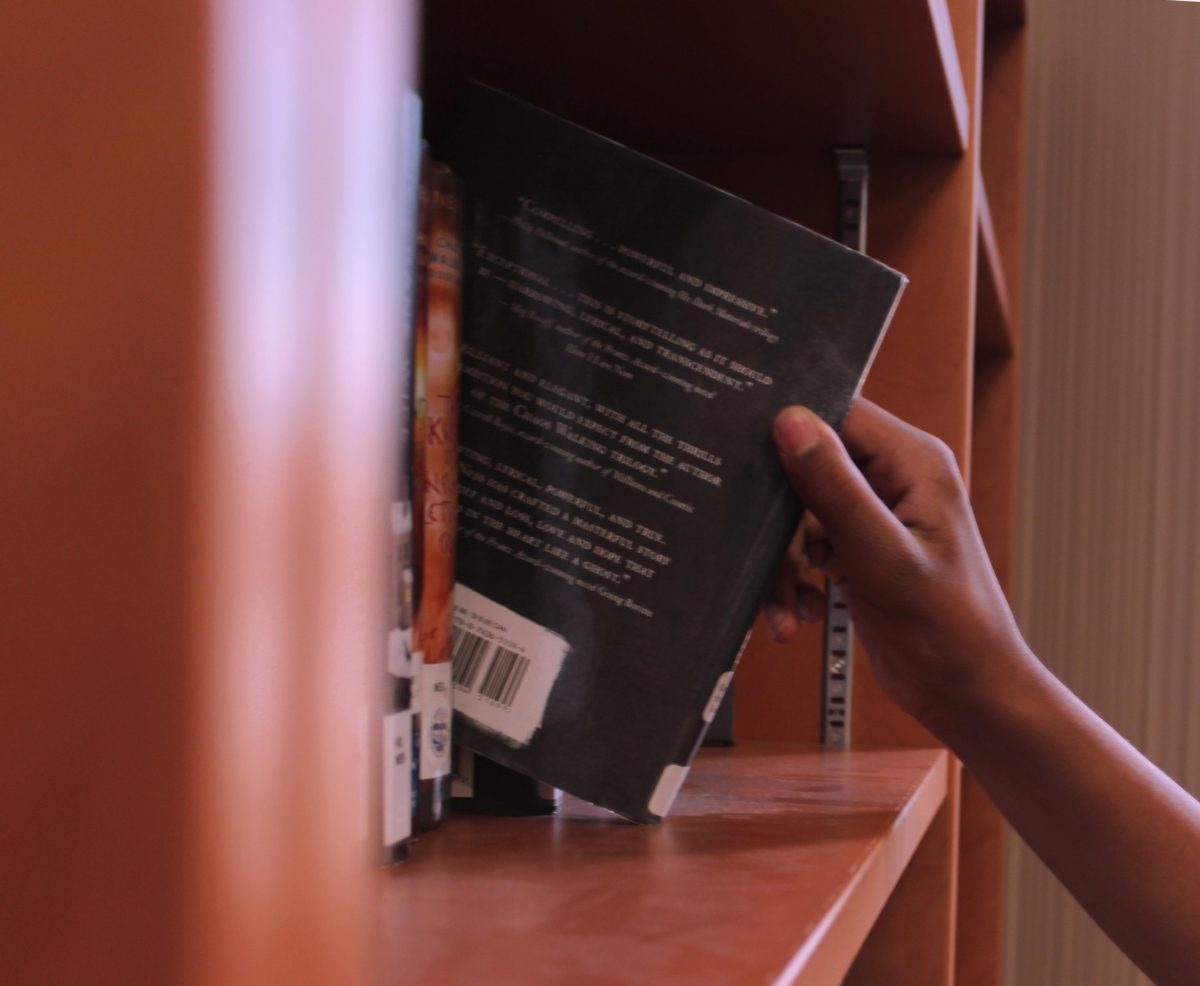Genre: Literary fiction
My GoodReads rating: 2 stars
Language scaling: Advanced (C1+)
Plot summary: In Victorian England, Charles Smithson and Ernestina Freeman are engaged to be married. While visiting Ernestina in the town of Lyme Regis, Charles meets and eventually falls in love with the tragic Sarah Woodruff, known around the village as “The French Lieutenant’s Woman.”
Recommended audience: Hardcore English literature fans
In-depth thoughts: The French Lieutenant’s Woman is the first book I’m discussing here to be part of my larger goal of conquering TIME magazine’s list of the Top 100 Novels of the 20th Century. I’m almost done, but it’s taken quite a while. There have been a lot of snags and pauses along the way; The French Lieutenant’s Woman is my first foray into the list after a lengthy dry spell.
I knew nothing about the book going into it. Considering that John Fowles is listed among Great Britain’s top 50 writers, that makes me maybe one of the worst English majors ever, but so it is. That’s exactly why I decided to tackle the TIME Top 100 Novels list: to fill in the gaps of my literary education. (English literature, at any rate.)
| Image courtesy Jonathan Cape/Random House |
Where to start with this book? Well, the writing is complex and dense. This is not a complaint; it’s good to stretch the little gray cells once in a while, and once you accustom yourself to the faux-Victorian style of the novel things continue at a relatively snappy pace. But it’s still work, and for so much work one expects some kind of reward.
By “reward,” I don’t mean a good or at least satisfying ending, plot-wise; I mean the entire reading experience. Contrast The French Lieutenant’s Woman with a book it inspired: A. S. Byatt’s Possession. On the surface, the plot isn’t too terribly exciting. What’s commendable about Possession is Byatt’s thorough commitment to her fictional poets and her parallel narrative structure. All told, Possession includes: a modern-day narrative; a Victorian narrative; considerable personal correspondence from a variety of fictional Victorians; journal entries from a Victorian-era French teenager; and a small corpus of highly formalized poetry for the two aforementioned fictional poets. That is some dedication to the craft.
The French Lieutenant’s Woman lacks any such dedication, particularly in the variety of viewpoints. The narrative chugs along in a consistent third person that is sometimes quite close and other times quite distant, with only a few winks and nods at the fourth wall to make it feel at all modern. We spend exactly zero time with Sarah Woodruff, the titular character. Instead, we spend most of the time with Charles. Sometimes we leave Charles to get to know other male characters, such as the Irish doctor or Charles’s servant, Sam, but most of the time we’re with Charles. Women are treated even more distantly, and no woman is treated more distantly than Sarah. Because of this, everything else falls apart. Without the privilege of an interior monologue, Sarah remains nothing more than the tired trope of “hysterical attention whore” and the entire novel feels much staler and older than its 1969 publication date.
The bell cannot be unrung; the book cannot be unread. Fowles’s The Magus sounds like it might be more my cup of tea, but other than that I won’t be coming back to this author anytime soon. Not even Meryl Streep and Jeremy Irons can save this one for me.

